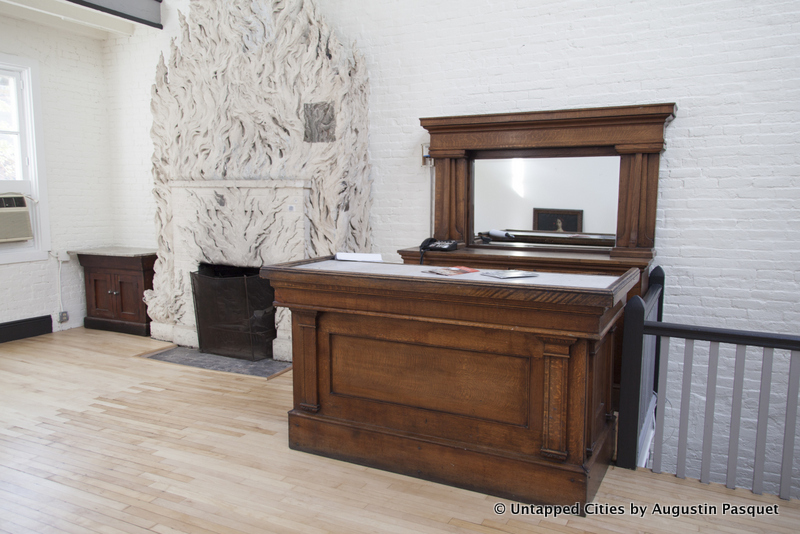 Image via Whitney Museum by Ed Lederman ©2016
Image via Whitney Museum by Ed Lederman ©2016
The Whitney Museum has become well-known for its latest location in the Meatpacking, a new building designed by architect Renzo Piano. But the history of the Whitney goes back to the end of the Roaring ’20s, and has moved several times in Manhattan. Here are ten secrets and fun facts of the Whitney Museum, which include an appearance by Arnold Schwarznegger on display on a turntable:
10. The First Location of the Whitney Was the Studio and Salon of Gertrude Whitney Vanderbilt

Gertrude Vanderbilt Whitney was the oldest daughter of Cornelius Vanderbilt II who started the New York Central Railroad, built Grand Central Terminal, and was known for his over-the-top French chateau mansion on Fifth Avenue and 57th Street. The Whitney studio was originally a carriage house, built in 1877 on West 8th Street. It was converted in 1907 and in 1918 Whitney commissioned her friend and American artist Robert Winthrop Chanler to design the space. Today, it’s one of the few remaining examples of 20th century decorative art still in place.
According to the National Trust for Historic Preservation, which named the Whitney Studio a National Treasure in 2014, Whitney’s work to showcase American art at the studio spurred the modern art movement in the United States, and in 1929 the space became the original site of the Whitney Museum of American Art. Today, the Whitney Studio is owned and operated by the New York Studio School (NYSS).





